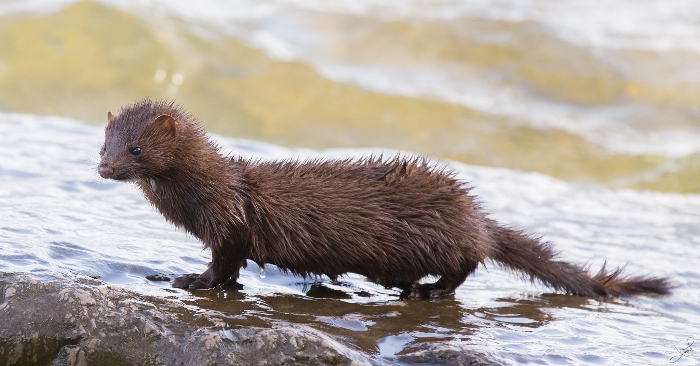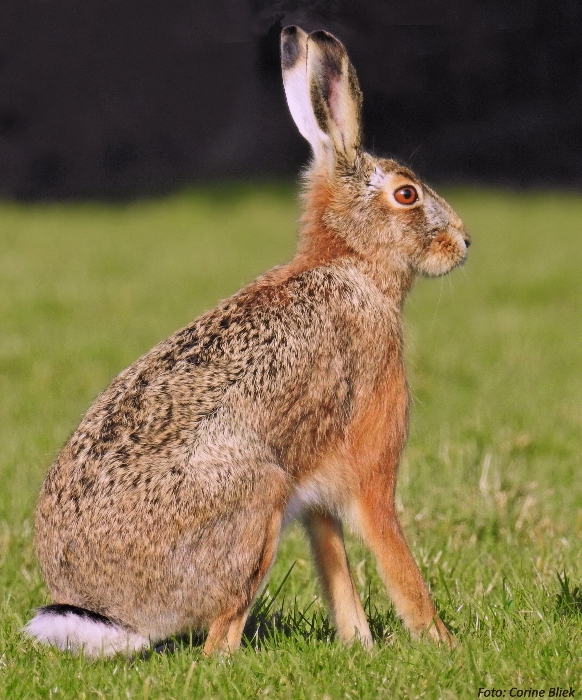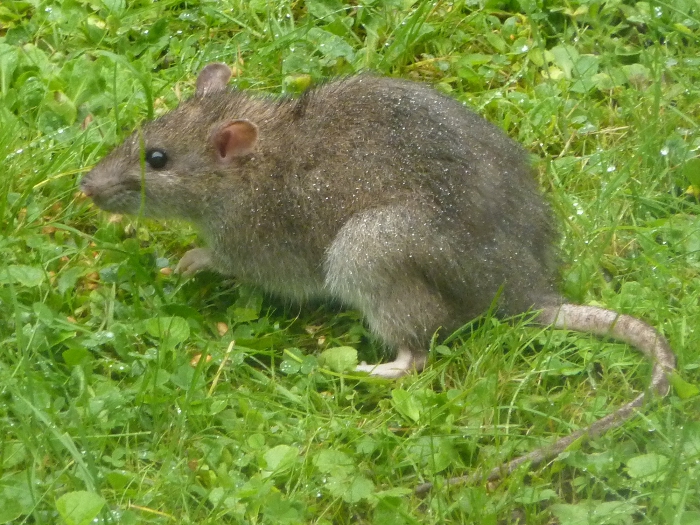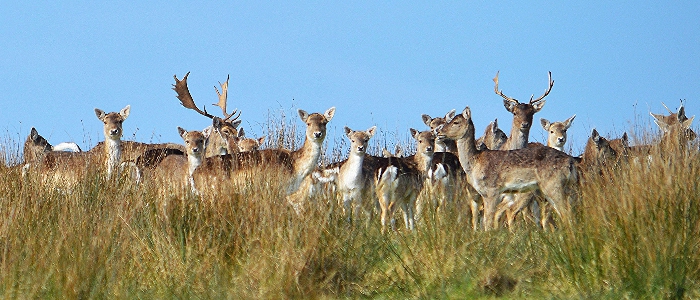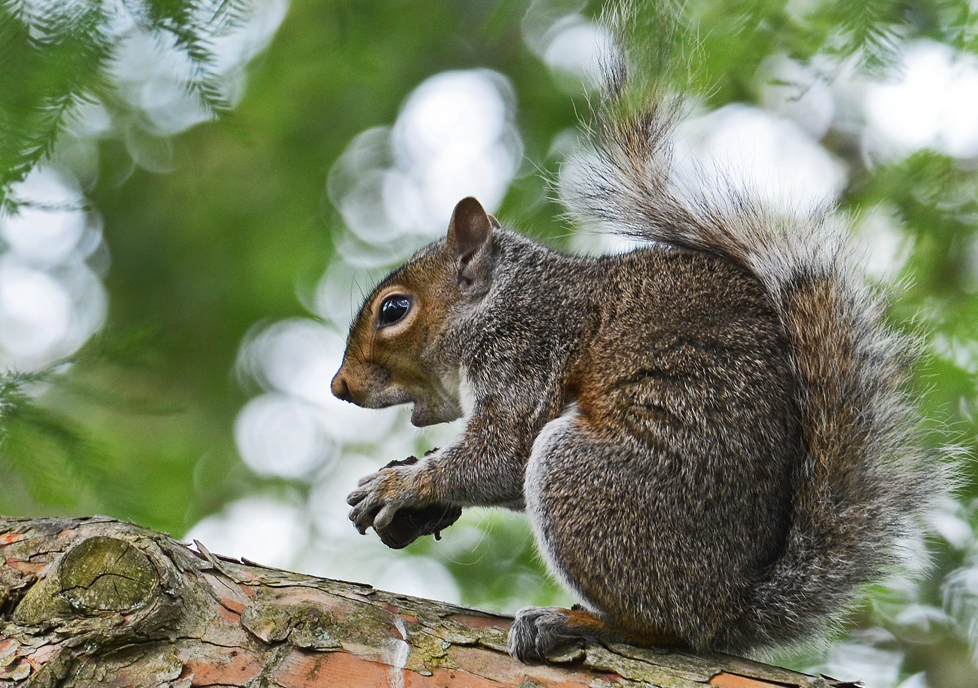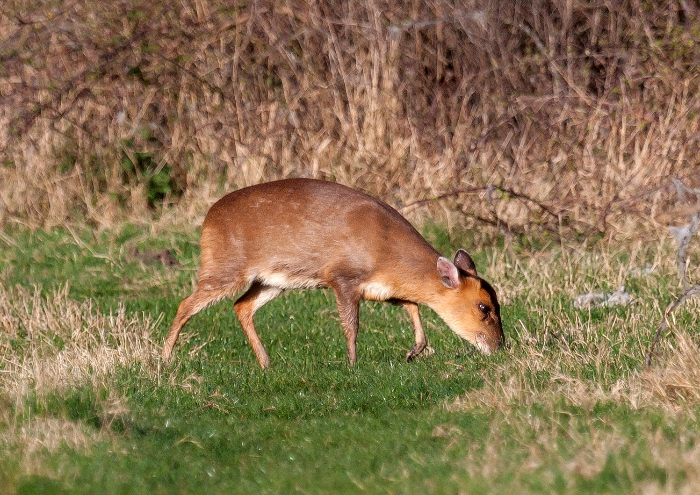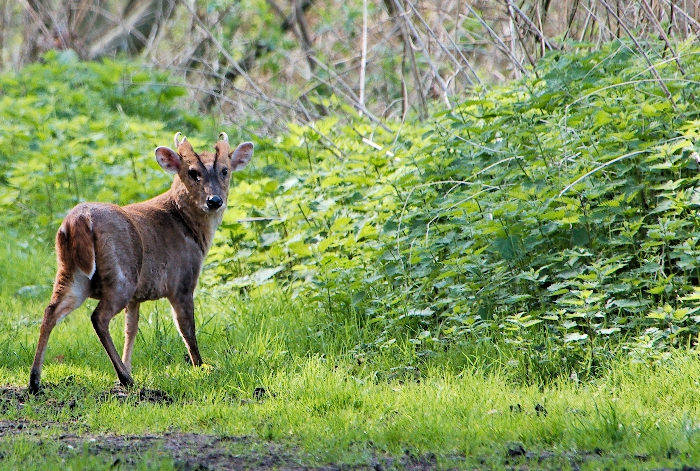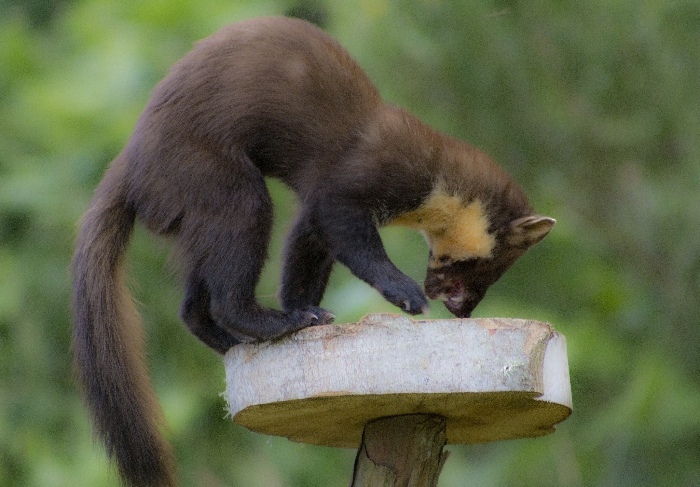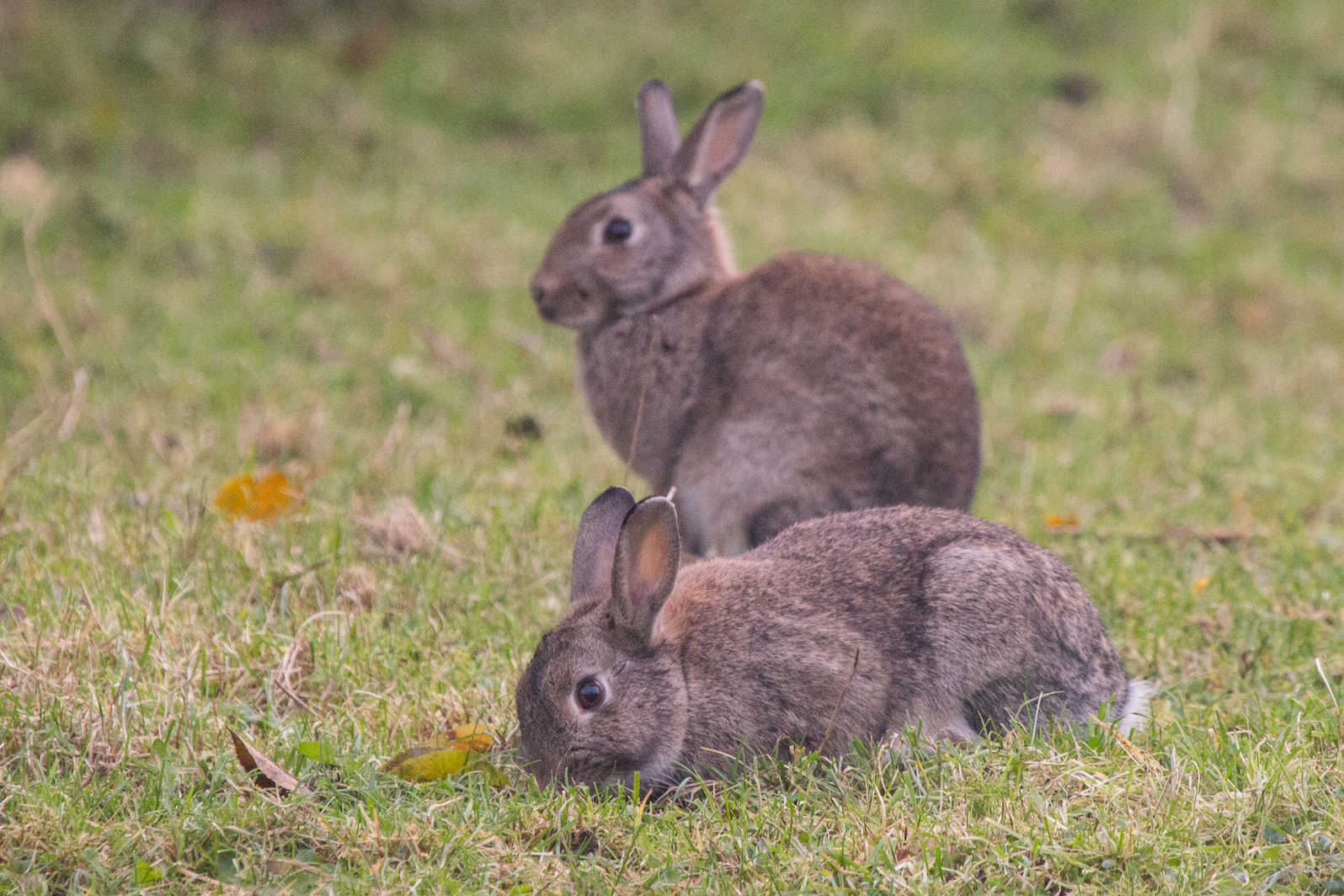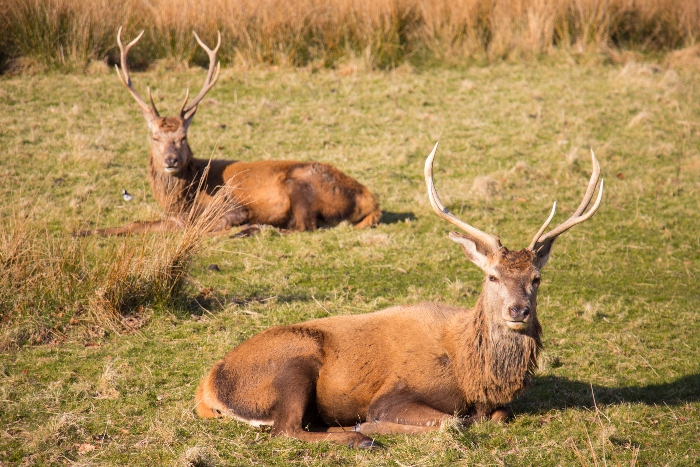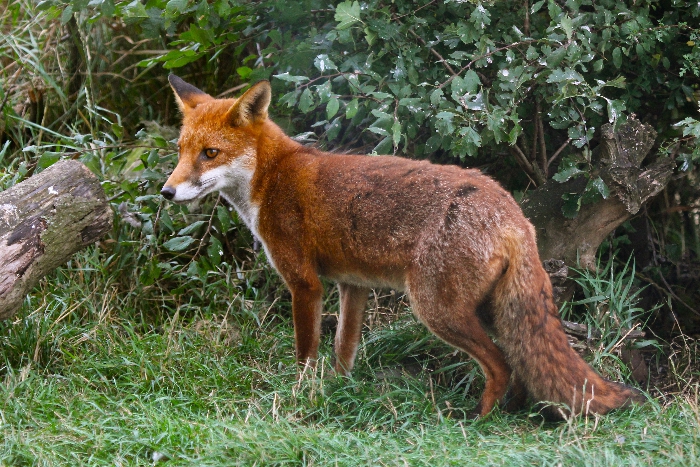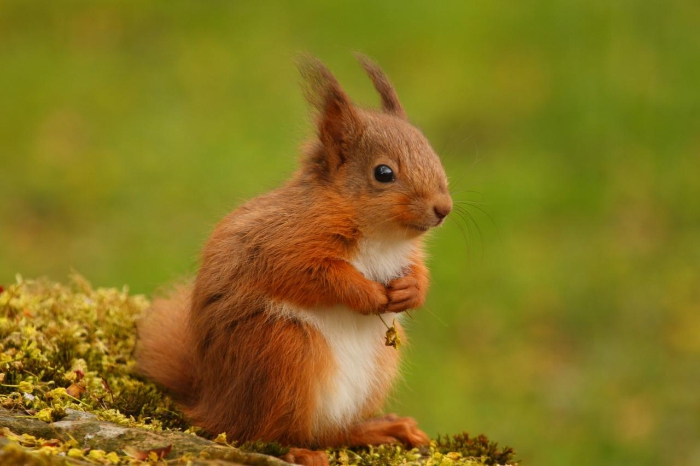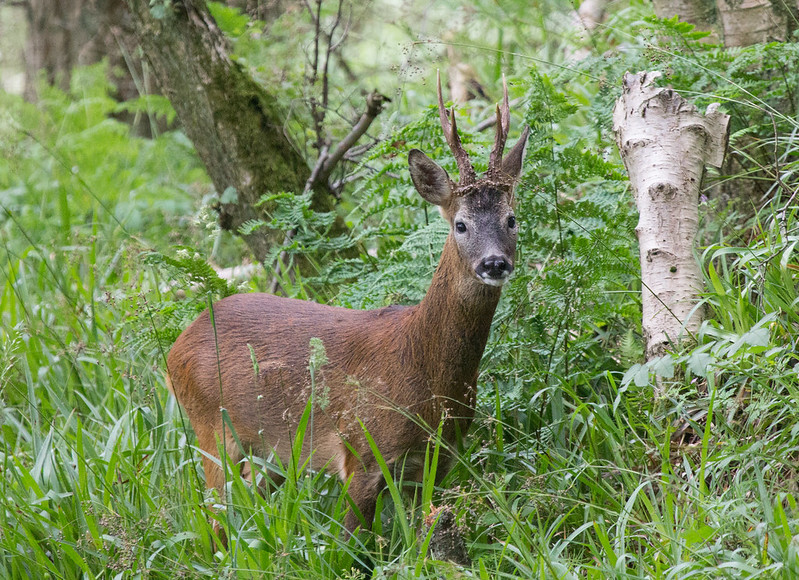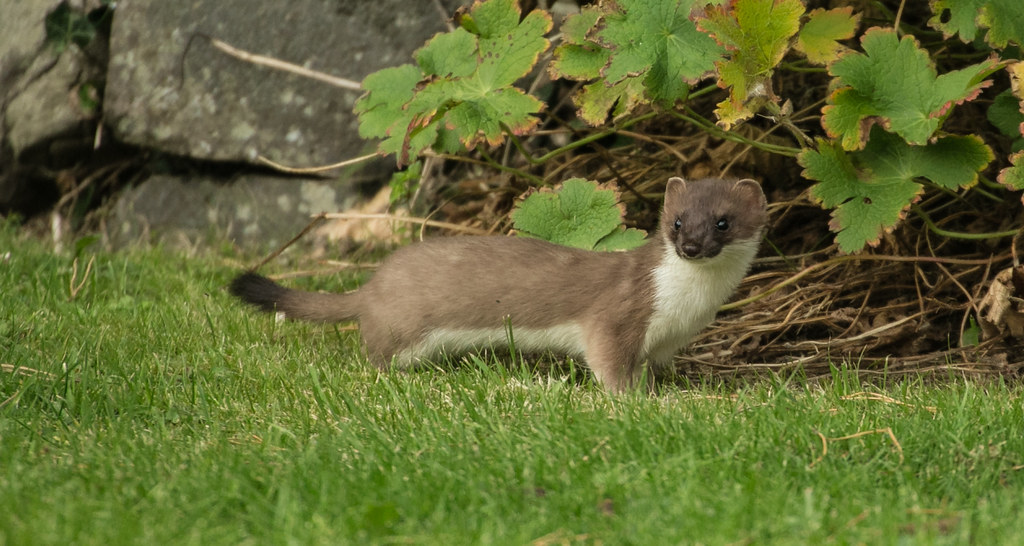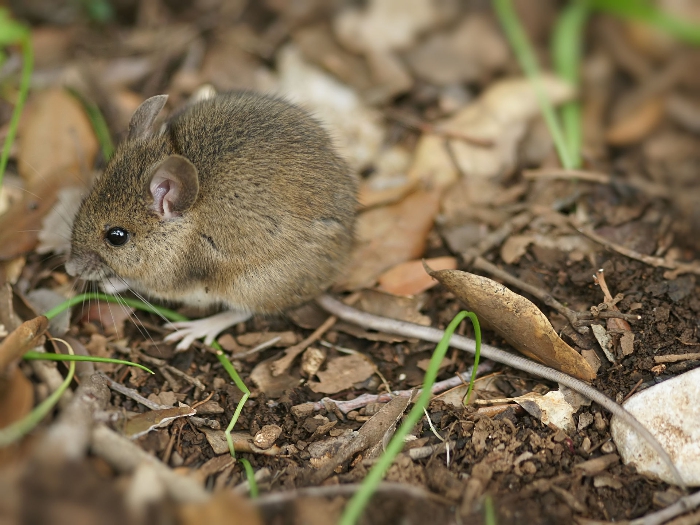Scientific name: Meles meles
Family: Mustelidae
Appearance: Distinctive black and white stripes run along badgers’ faces. Their stocky bodies are grey on top with darker undersides.
Height: 25-30 cm Body length: 60-90 cm Tail length: 12-24 cm
Weight: 7-17 kg, heaviest in autumm
Natural history: Common in farmland, woodland and some urban areas, badgers are found throughout Europe and into the Middle East. They are nocturnal, hunting primarily by a strong sense of smell. Badgers have a broad omnivorous diet, including: invertebrates, especially earthworms; fruits, nuts and other plant material; carrion; amphibians; reptiles; and small mammals. Tough hides protect badgers from bee and wasp stings, enabling them to feed from hives.
Badgers live in family groups in underground setts, containing multiple exits, passageways and nesting chambers. Grass, bracken and other plant matter provide bedding for sleeping chambers. Badgers regularly change this lining or “air” it outside the sett for a day, especially while they have young cubs, to reduce parasite abundance. There are rare reports of badgers sharing setts with foxes.
Badgers mate for life, which can last fifteen years. Only the dominant sow in a sett will have cubs; subordinate females help care for the cubs and maintain the nest. Litters typically contain one to five cubs.
At the northernmost parts of their ranges, badgers usually spend winter in hibernation, while in milder climates such as that of southern Britain, they may emerge often from their winter sleep. To prepare, their body mass increases noticeably up to a peak in late autumn.
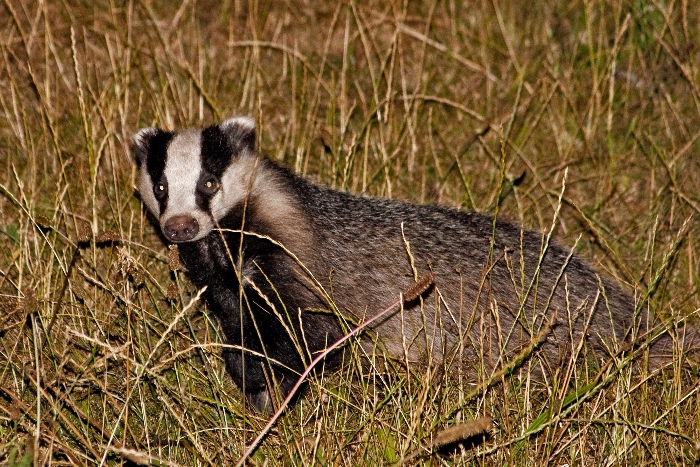
(C) Mark Robinson (shared under a CC BY-NC 2.0 license)

 English (United Kingdom)
English (United Kingdom)  Nederlands (nl-NL)
Nederlands (nl-NL)  Magyar
Magyar  Deutsch (Deutschland)
Deutsch (Deutschland)  Croatian (Hrvatski)
Croatian (Hrvatski)  Polski (PL)
Polski (PL)  Español (España)
Español (España) 